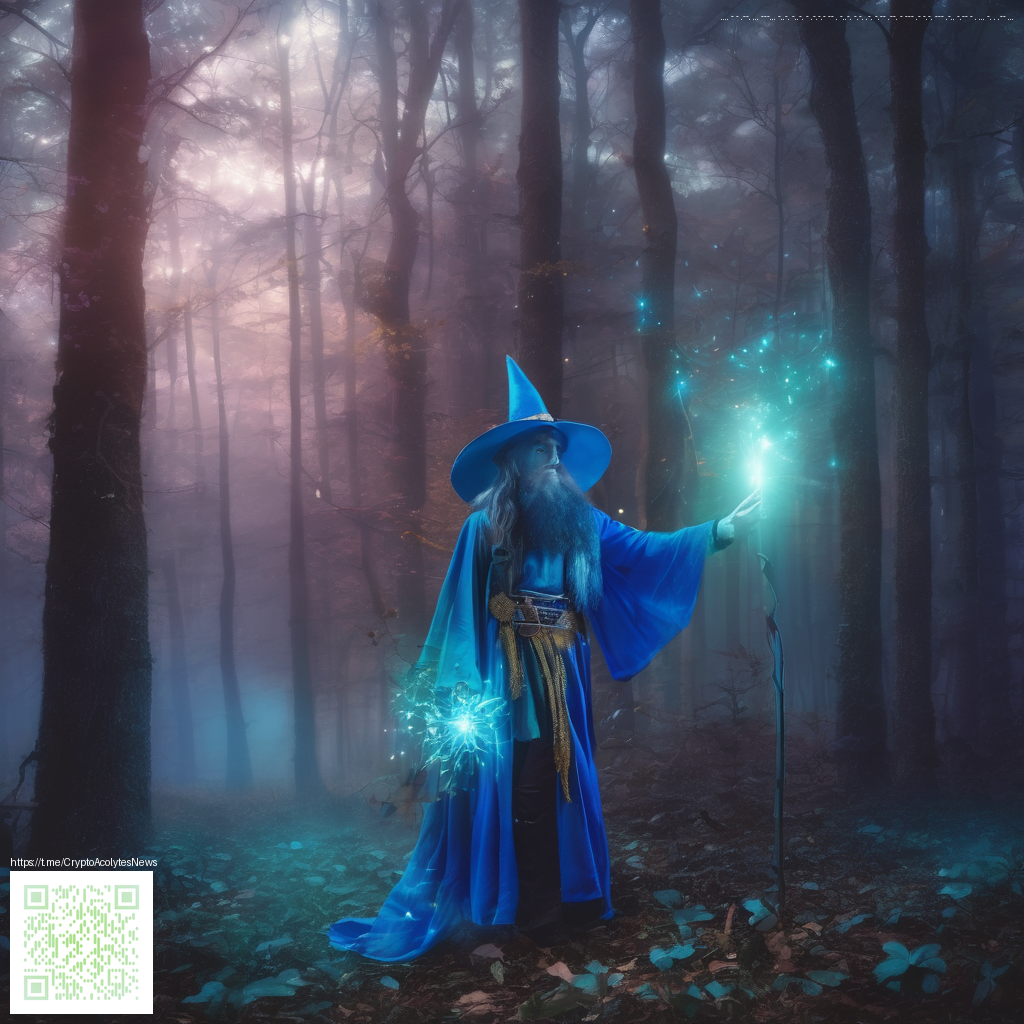
The Accursed Portrait That Changes Its Face at Midnight
The portrait hung in the dim foyer, a patient marvel of oil and varnish, its frame carved with moonlit runes that seemed to hum when the house breathed. For years the townspeople whispered that the painter, a recluse named Harrow, vanished without leaving so much as a brushstroke behind, and that his canvas absorbed more than pigment—souls, perhaps, or promises best kept in silence. I came to catalog artifacts, not hauntings, yet the portrait greeted me with a calm, almost courteous nod the moment I crossed its threshold.
On the first night I stayed, the clock struck twelve and the room fell into a hush deeper than the winter outside. The eyes within the portrait shifted, slowly, as if waking from a dream. The face that leered at me at dusk became different at dawn’s shadow—not merely a change of expression, but a transformation of age, lineage, and memory. It was as if the canvas collected faces the same way a tree gathers rings: a new layer with every midnight circle.
To document what I saw, I kept a ledger on the side table, writing in a steady, clinical hand. The entries grew more anxious as the portraits changed: a child with a bruise of fear spreading across the cheek, a nurse with hands that trembled in relief, a man whose mouth opened to sigh a name that didn’t belong to him. The changes were not random; they followed a rough cadence, a pattern woven by something ancient and patient inside the frame.
- Midnight face: a pale future, eyes like frost, a whispered rumor in the ear of the room.
- Dawn face: a witness to storms, jaw clenched, lips pressed as if to seal a memory out of reach.
- Midnight face reprise: a stranger’s scarred gaze returning, as if the painting remembered a betrayal it would never forgive.
One quarter after midnight, a block of voice rose from the canvas—not loud, but insistent. It spoke in short, ceremonial phrases that felt like an old oath being recited just beyond the edge of hearing. “Watch the paint, keeper,” it said. “Do not blink when the face shifts, for witness is a form of binding.” I tried to answer, but there was nothing but the chill of a breath that did not belong to air.
“I am not a portrait to be admired,” the canvas finally confessed in a whisper that brushed my ear. “I am a threshold. Step back, or step through.”
The next night, I did not step back. I stood where the light fell most evenly, counting the seconds as the face changed again—this time into a familiar visage, a silhouette of my own grandmother, long dead, with a sorrow I could scarcely name. The portrait had chosen a line to cross, and the room brightened with the memory of a family that never stayed on one side of the door for long.
In the end, I learned the truth I had not wished to admit: the painting does not simply change; it seeks a new witness, a person who will carry the memory forward and carry the debt inward. When I finally stepped away, the canvas settled into a still smile that did not belong to any single face—and I understood that every midnight is a vote cast in favor of a future the painting will inhabit without us. The portrait remained, patient and unrelenting, awaiting the next keeper to stand before its evolving face.